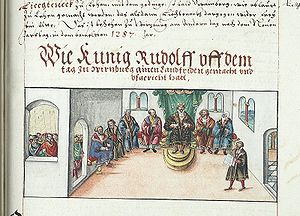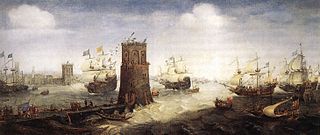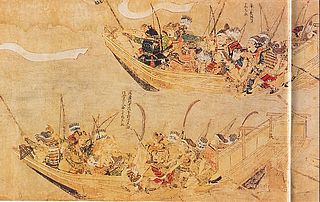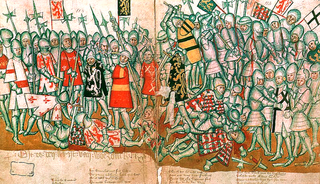| Millennium: | 2nd millennium |
|---|---|
| Centuries: | |
| Decades: | |
| Years: |
| 1287 by topic |
|---|
| Leaders |
| Birth and death categories |
| Births – Deaths |
| Establishments and disestablishments categories |
| Establishments – Disestablishments |
| Art and literature |
| 1287 in poetry |
| Gregorian calendar | 1287 MCCLXXXVII |
| Ab urbe condita | 2040 |
| Armenian calendar | 736 ԹՎ ՉԼԶ |
| Assyrian calendar | 6037 |
| Balinese saka calendar | 1208–1209 |
| Bengali calendar | 694 |
| Berber calendar | 2237 |
| English Regnal year | 15 Edw. 1 – 16 Edw. 1 |
| Buddhist calendar | 1831 |
| Burmese calendar | 649 |
| Byzantine calendar | 6795–6796 |
| Chinese calendar | 丙戌年 (Fire Dog) 3984 or 3777 — to — 丁亥年 (Fire Pig) 3985 or 3778 |
| Coptic calendar | 1003–1004 |
| Discordian calendar | 2453 |
| Ethiopian calendar | 1279–1280 |
| Hebrew calendar | 5047–5048 |
| Hindu calendars | |
| - Vikram Samvat | 1343–1344 |
| - Shaka Samvat | 1208–1209 |
| - Kali Yuga | 4387–4388 |
| Holocene calendar | 11287 |
| Igbo calendar | 287–288 |
| Iranian calendar | 665–666 |
| Islamic calendar | 685–686 |
| Japanese calendar | Kōan 10 (弘安10年) |
| Javanese calendar | 1197–1198 |
| Julian calendar | 1287 MCCLXXXVII |
| Korean calendar | 3620 |
| Minguo calendar | 625 before ROC 民前625年 |
| Nanakshahi calendar | −181 |
| Thai solar calendar | 1829–1830 |
| Tibetan calendar | 阳火狗年 (male Fire-Dog) 1413 or 1032 or 260 — to — 阴火猪年 (female Fire-Pig) 1414 or 1033 or 261 |

Year 1287 ( MCCLXXXVII ) was a common year starting on Wednesday (link will display the full calendar) of the Julian calendar.















